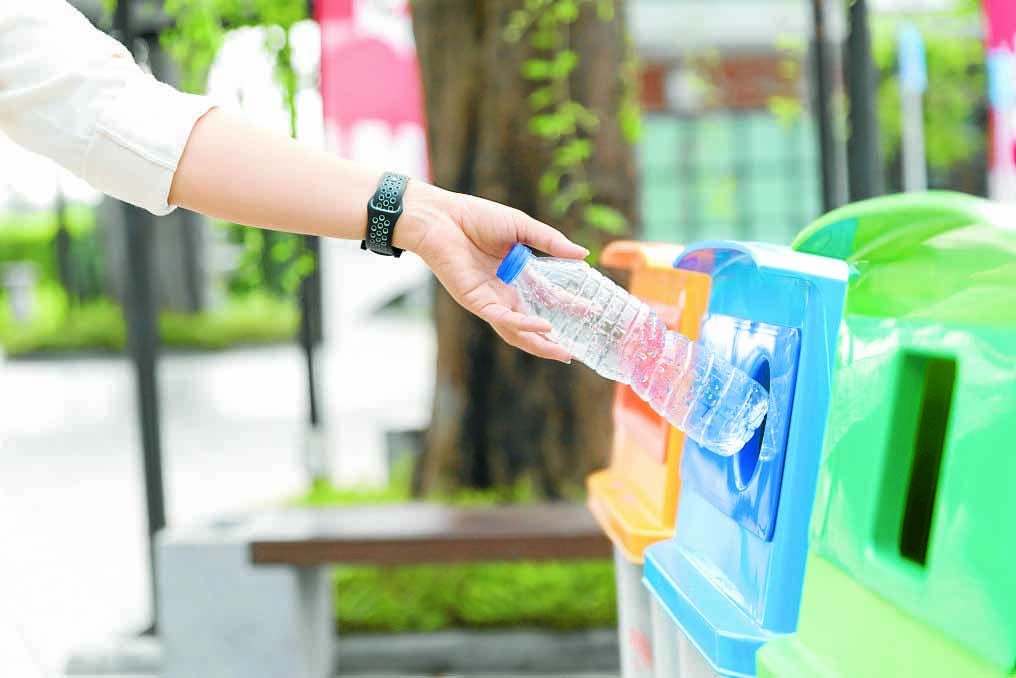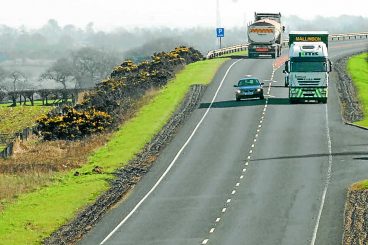HOUSEHOLDERS in Dumfries and Galloway still have a long way to go to meet recycling targets set out by the Scottish Government.
Since a kerbside collection service was introduced to the region in 2021 for paper, card, plastics, and tins – as well as food in certain areas – the recycling rates have gradually improved.
However, council waste chiefs this week insisted there is still much to do as this region falls “significantly short” of national recycling targets.
The matter was discussed at the council’s communities committee on Tuesday. A waste strategy report tabled states: “During 2021 the council introduced a kerbside recycling collection service for paper, card, plastics and tins and subsequently introduced a food waste collection service in targeted areas.
“These changes have resulted in a 15 percent increase in recycling from 30.1 percent (2020) to 39.8 percent (2021) to 45.1 percent (2022).
“This is a very positive improvement in a short space of time and means that Dumfries and Galloway have now risen above the national average for recycling at 43.3 percent (2022).
“But we still remain significantly short of the national target of 70 percent recycling of all waste in Scotland by 2025.
“Therefore we need to go further and do more to ensure we are recycling as much household waste as possible, and operating a service which is sustainable, both environmentally and financially.”
James McLeod, the council’s infrastructure manager, explained that they currently only offer a food recycling service to six postcode towns – around 48 percent of the population in the region – as this meets government requirements.
He said: “There’s obviously a significant cost in vehicles moving around the region, and one of the challenges we have with food waste is that there’s actually a very low uptake. It’s in the 20-25 percent of participation set out rates.
“It’s something we need to encourage for people to dispose of food through that method, rather than putting into the general waste bin.”






















